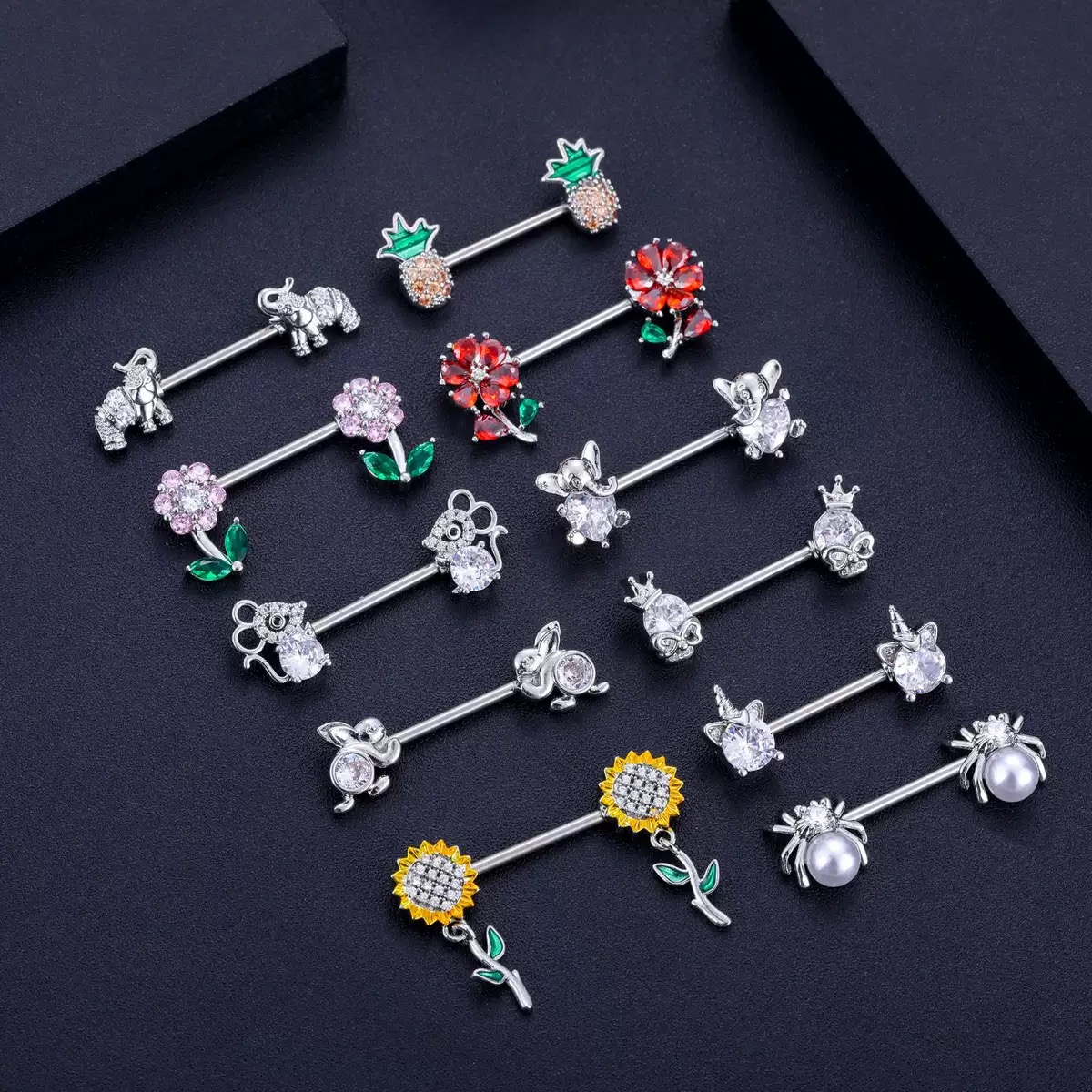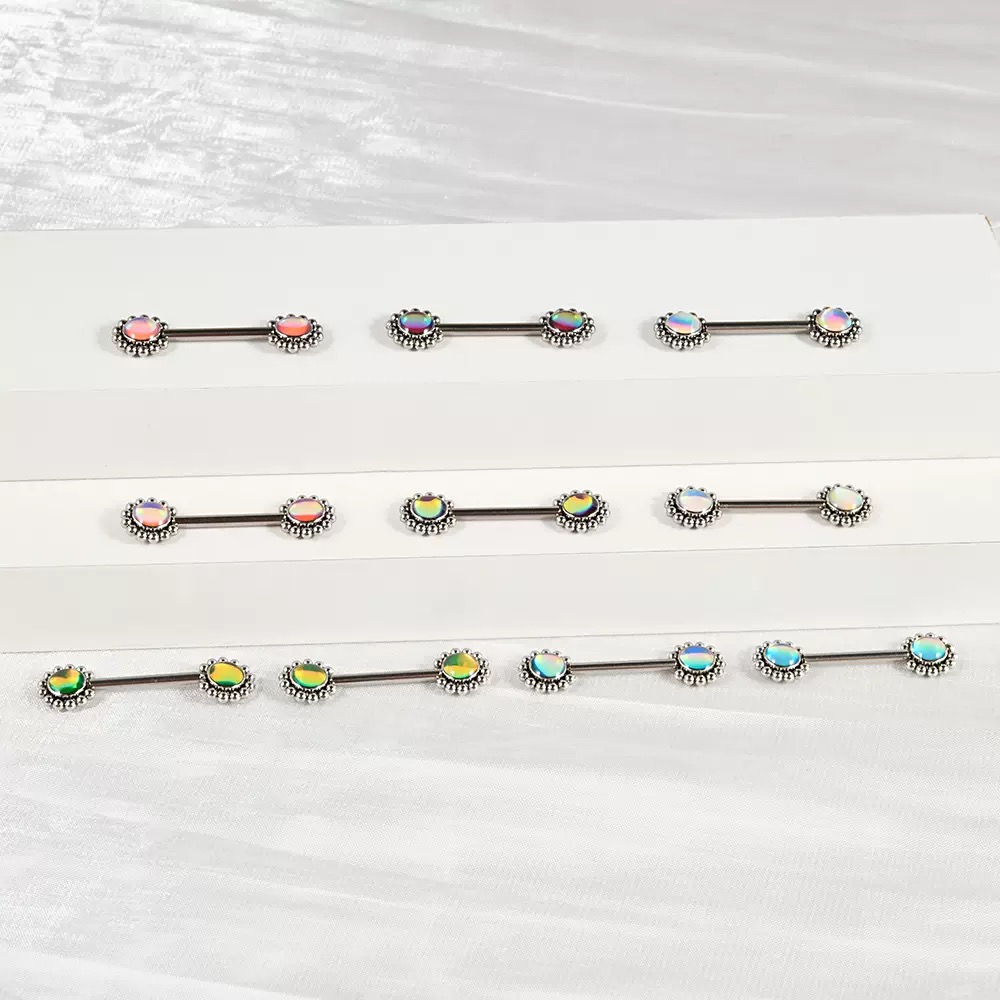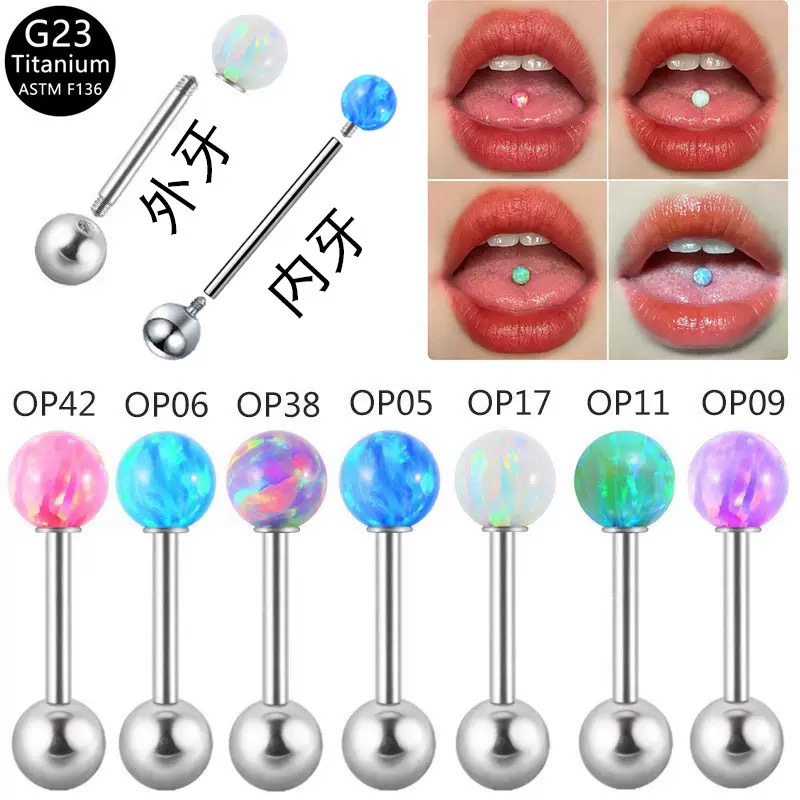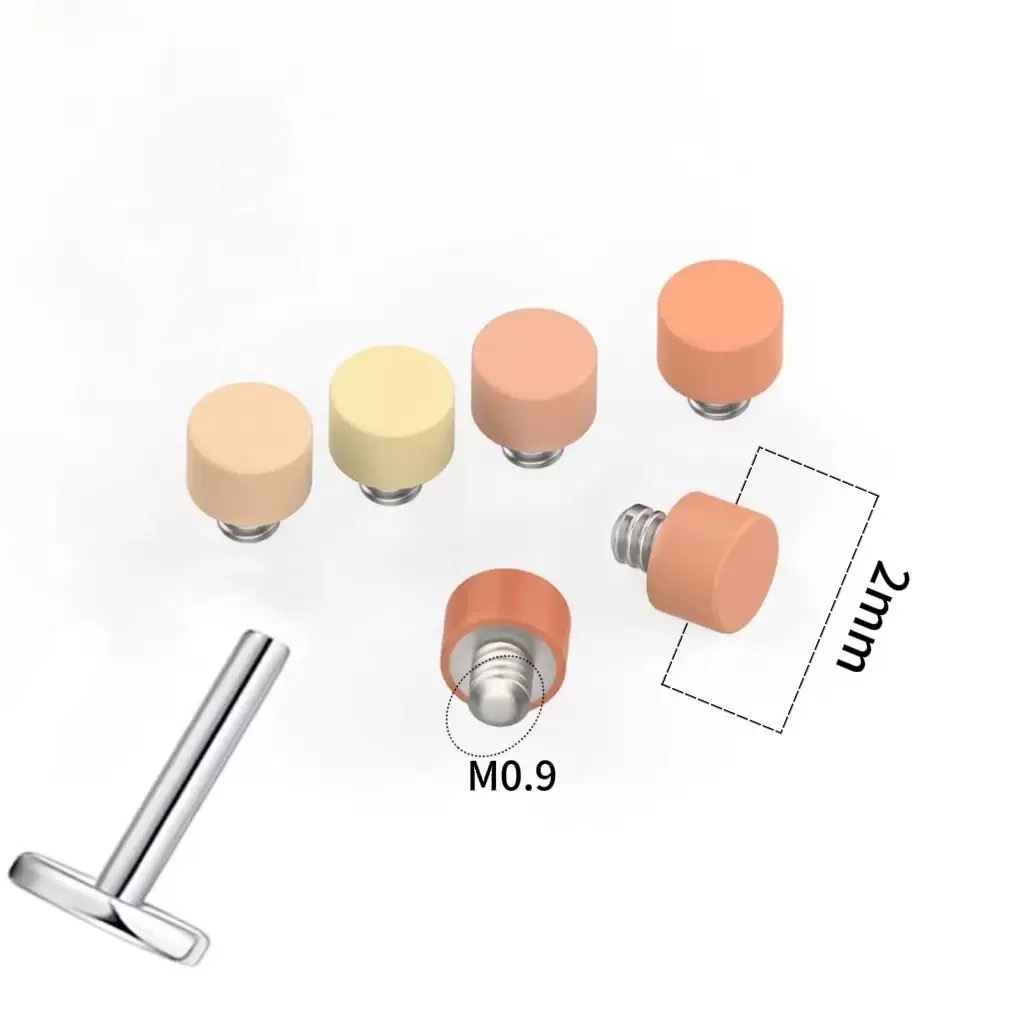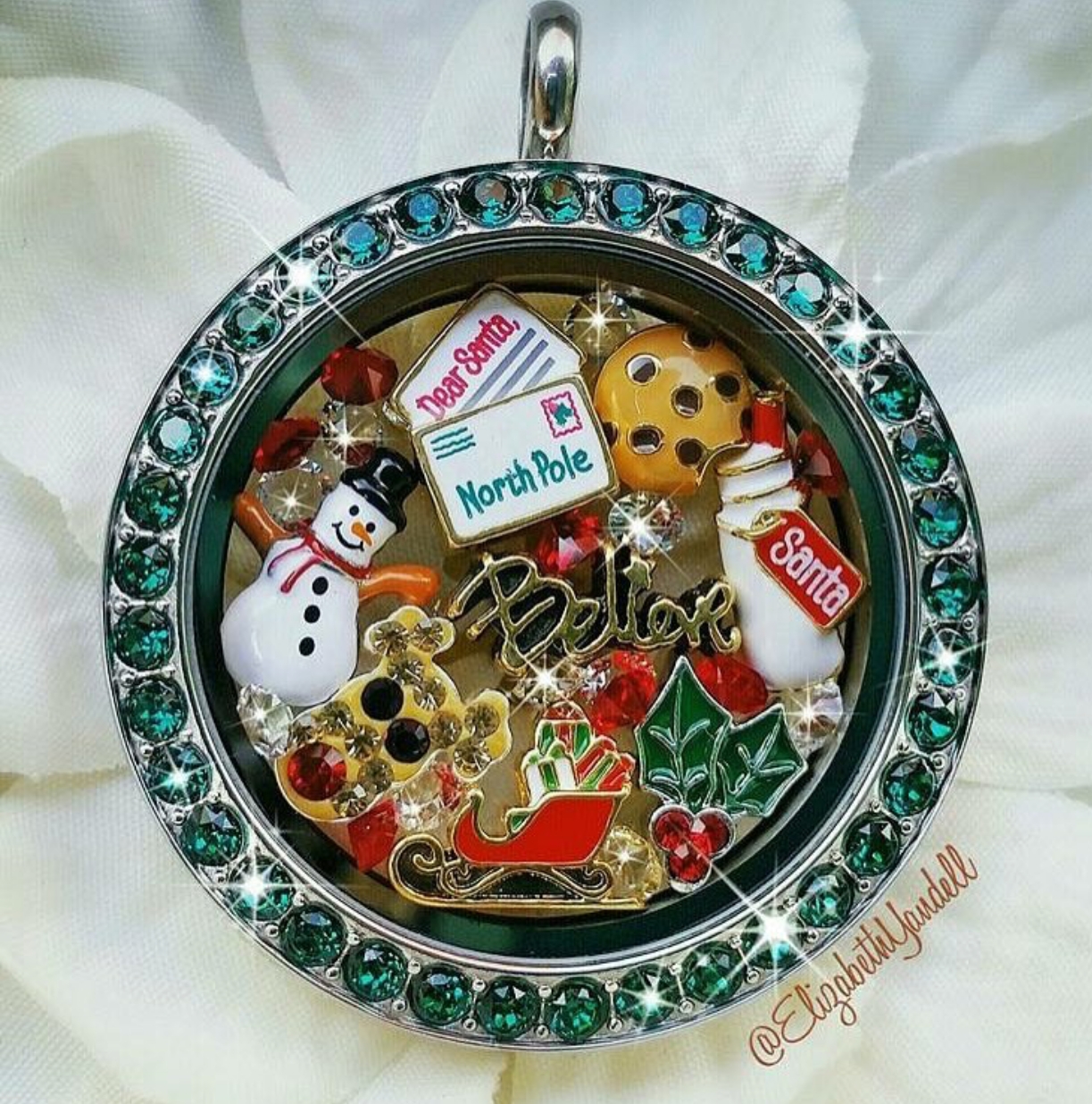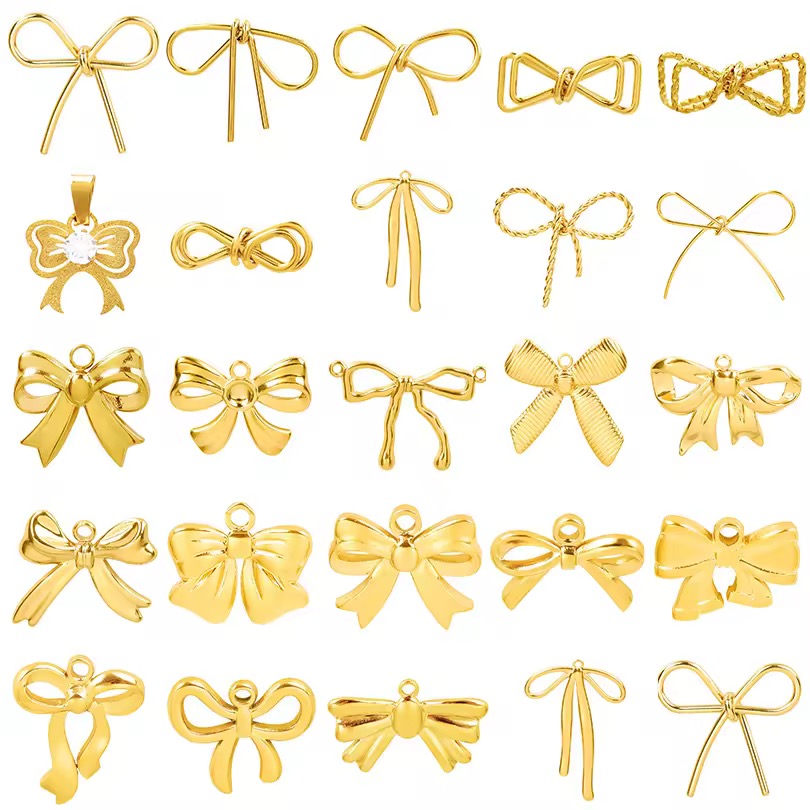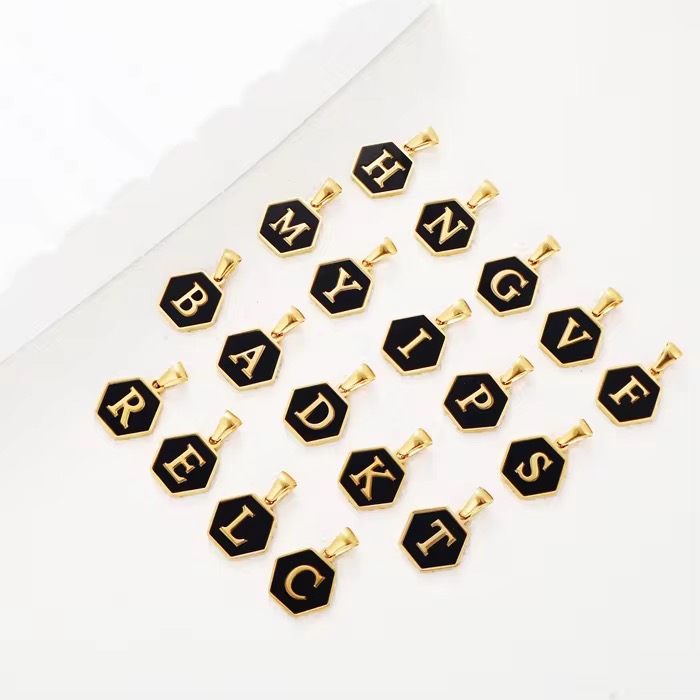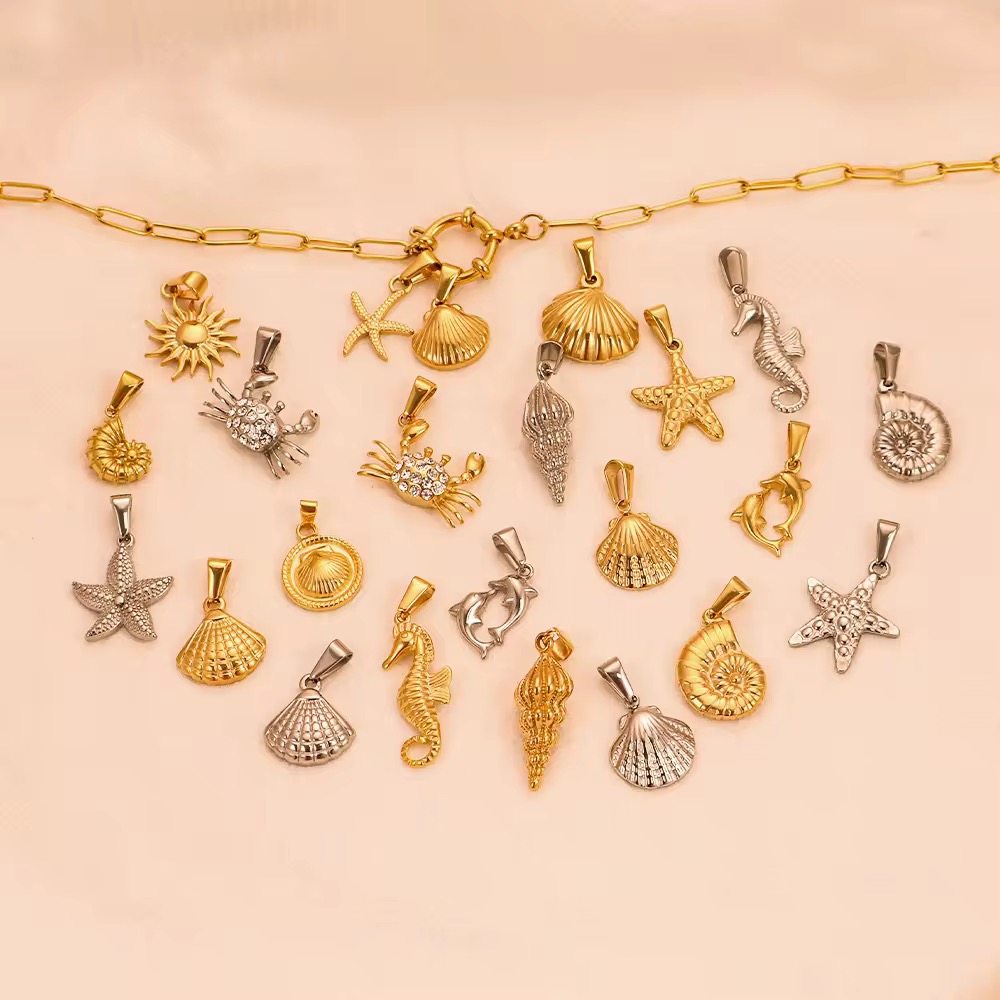Selecting nipple rings can be an exciting process, but there are a few things to keep in mind to make sure you choose the right one for comfort, healing, and aesthetics. Here’s a step-by-step guide on how to select nipple rings:
1. Gauge Size
Common Sizes: For nipple piercings, the most common gauges are 14G (1.6mm) and 16G (1.2mm). If you have a fresh piercing, it’s best to stick with these sizes. If your piercing has healed and you’re just changing jewelry, you can go a little smaller or bigger depending on your preference.
Tip: If you’re not sure what gauge you’re pierced with, consult your piercer.
2. Material
Stainless Steel: This is a popular choice because it’s durable, hypoallergenic, and doesn’t tarnish. It’s a great option for healing piercings and for people with sensitive skin.
Titanium: A good alternative if you’re allergic to nickel, as titanium is non-reactive, lightweight, and durable.
Gold: Gold nipple rings (either yellow, white, or rose) look luxurious, but you’ll want to make sure they’re high-quality (like 14K or 18K) to prevent irritation.
Bioplast: A flexible, medical-grade material, usually used for healing piercings.
3. Style and Design
Barbell (Straight): The most common style, consisting of a straight bar with balls or decorative ends. It’s easy to wear and comfortable for healing.
Captive Bead Ring (CBR): These are circular rings with a bead that fits into the gap. They can look more dramatic and are often used for a more unique or edgy look.
Circular Barbell: Similar to a CBR but with the ends pointing away from the piercing. It provides a slightly different aesthetic and fits well in healed piercings.
Heart or Custom Designs: Some people go for decorative pieces like heart-shaped barbells or those with jewels for a more personal touch.
4. Length & Fit
Length of Barbell: When selecting a barbell, make sure the length of the shaft is long enough to accommodate your nipple and any swelling from a fresh piercing. Too short, and it might irritate, too long, and it could feel too loose.
Inner Diameter of Rings: If you’re choosing a ring (either CBR or circular barbell), you need to choose the right inner diameter. Typically, an inner diameter of 5/8″ or 3/8″ works for most nipple piercings, but it depends on your personal anatomy.
5. Healing Considerations
For a fresh piercing, it’s best to go for a simple, straight barbell or a small captive bead ring to minimize irritation and give your piercing space to heal. Avoid using jewelry with too many moving parts or sharp edges that could catch or irritate.
Avoid gold or plated jewelry right away, as some people have reactions to metals like nickel or copper.
6. Jewelry for Healed Piercings
If your piercing has healed, you can experiment with more ornate designs, such as jeweled barbells or rings, or you can try different styles like barbells with unique ends (such as spikes, hearts, or crystals).
Decorative Pieces: You can also go for extra flair by choosing a nipple ring that has an aesthetic you love, whether it’s elegant, bold, or minimalistic.
7. Comfort
Smooth Edges: Make sure the jewelry you choose has smooth edges and is polished to avoid any discomfort or irritation.
Weight: Some people prefer lightweight jewelry, while others like the feel of something a bit heavier. Choose a material and design that feels comfortable and balanced.
8. Aftercare
Be sure to clean your new nipple ring with saline solution or a gentle antiseptic to prevent infections.
Avoid using harsh chemicals like alcohol or hydrogen peroxide, as they can dry out the piercing.


